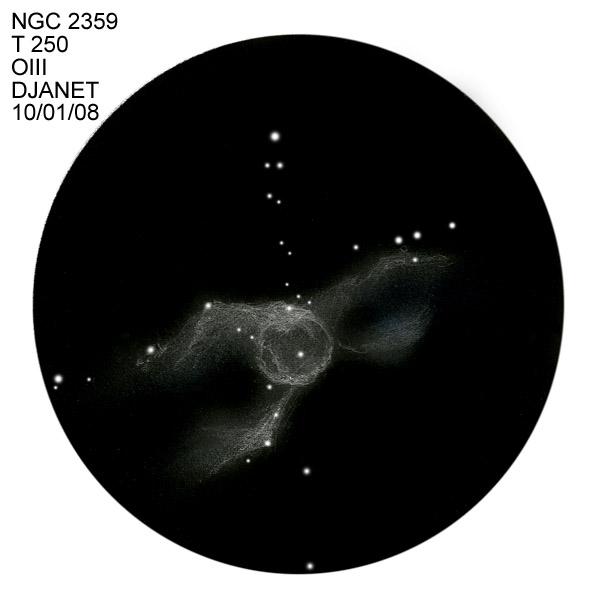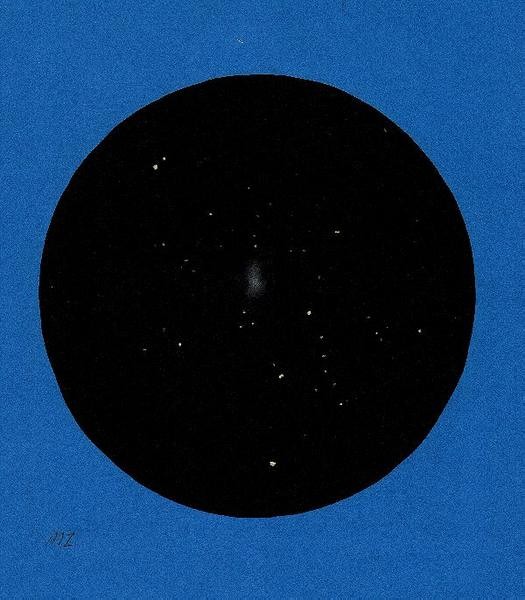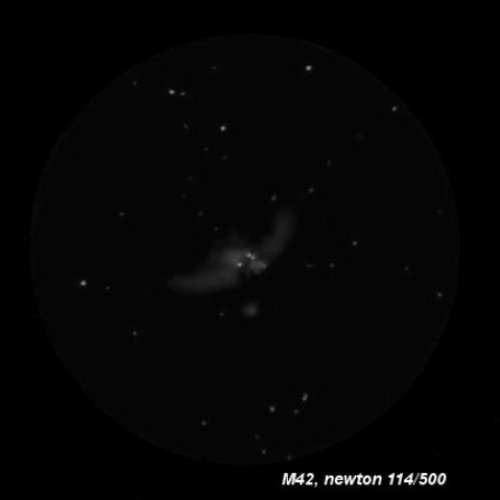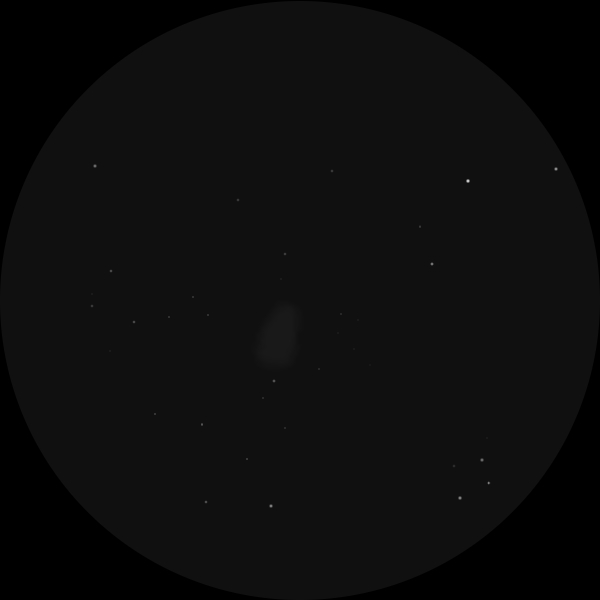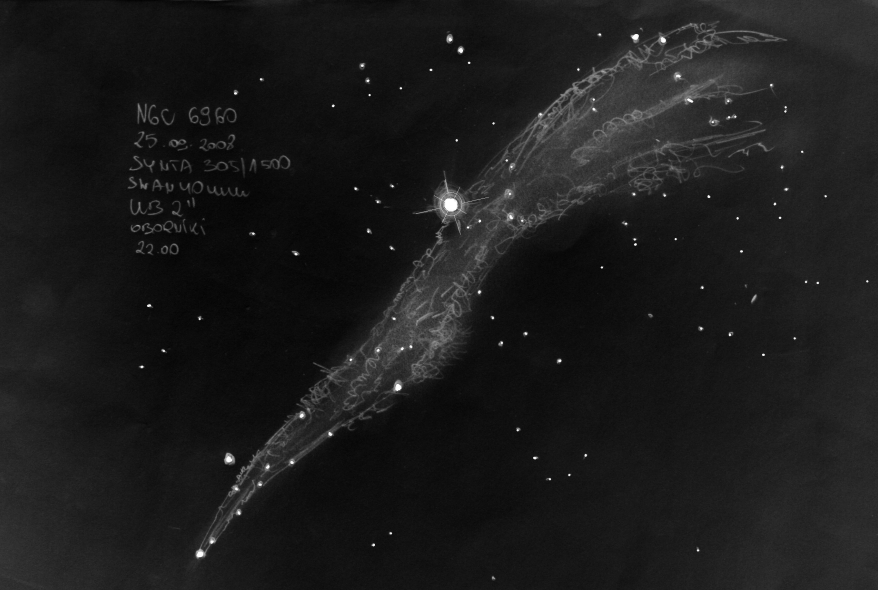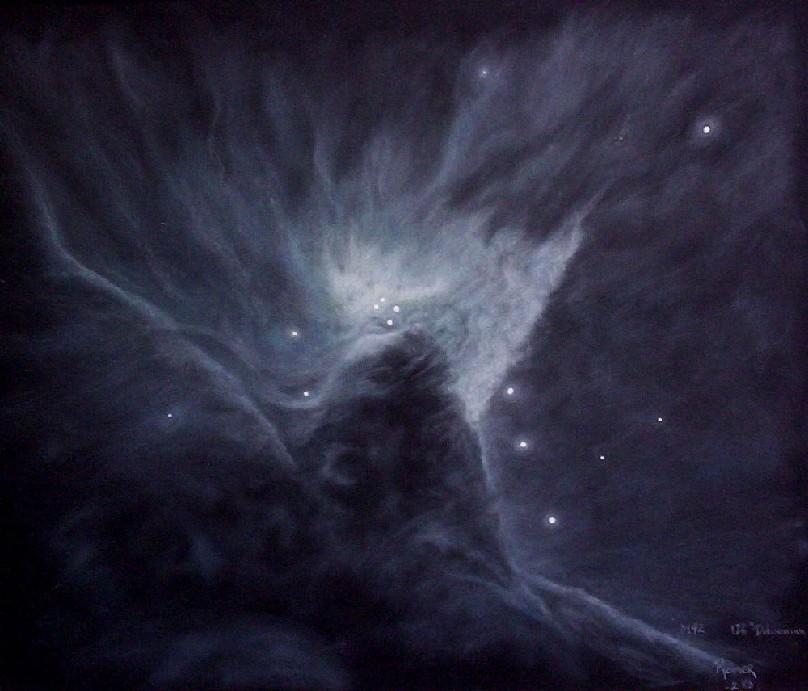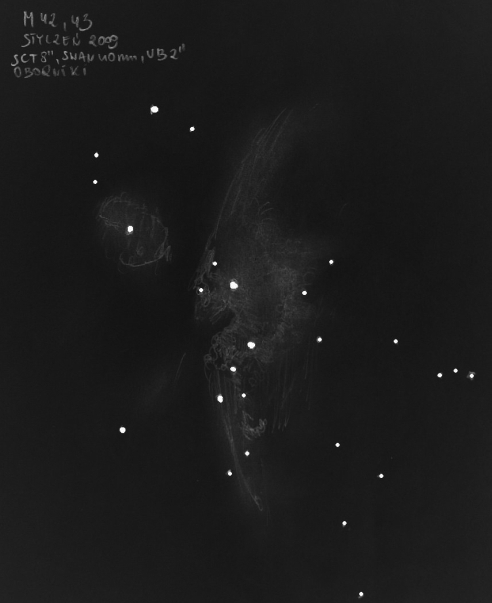
The Great Nebula of Orion, M42
Sketch and Details by Robert Ignisdei
After long period of my inactivity, I’ve come back to sketching. It has been caused by changing my astronomical equipment.So now, I want to present you my new sketch of The Great Orion Nebula from 8” Schmidt-Cassegrain telescope. It is not so impressive like my former sketches from 12” newton, but lot of details such as a delicate fibres of gas and dust are still visible.
In general, The Orion Nebula was one of my first object, which attract my attention., has becomed a beloved, often observed nebula, observed very attentively, carefully and closely. It is always a great pleasure for me to watch it, to photograph it and finally to sketch this magnificent wonder of our a starry sky.
Yours sincerely,
Robert
——————————————————————————–
Object Name : The Great Orion Nebula (Ignisdei)
Object Type: Nebulae/emission/reflection
Location: Poland/ Oborniki/suburbia
Date: January 2009
Equipment: MEADE 203/SC EMC , UB”, SWAN 2″ 40mm


